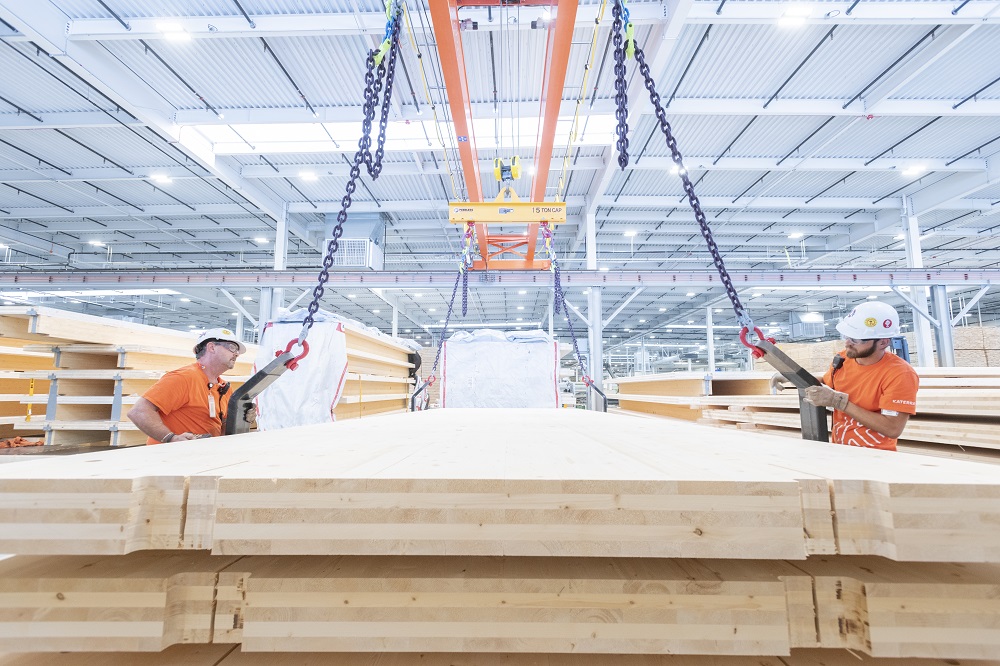LEED Zero will be open to all LEED projects that are certified under the BD+C, ID+C, or O+M rating systems, as well as projects that are registered to pursue LEED O+M certification. In order to achieve LEED Zero, the project must meet one of the following characteristics:
In addition to meeting one or more of the characteristics above, 12 months of performance data also has to be submitted for verification. By definition, “net zero” means to produce at least as much as you use. Examples of net zero include producing renewable energy using solar panels, harvesting rainwater, or keeping waste out of landfills.














Like most of the other electric machines that have been announced previously, Volvo promises that this midsized, 14 metric ton excavator will have the same performance as a similarly sized diesel version. The X03 is currently in the concept stage, so Volvo does not have immediate plans to bring it to market, but it shows the possibilities that electronics on heavy machinery can allow for.